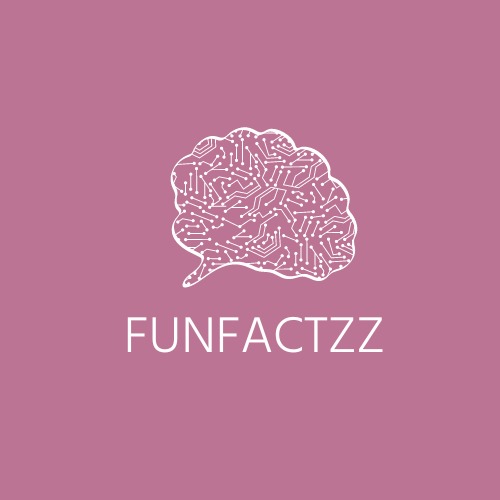For the younger generation, learning to code has become crucial given the rapidly changing landscape of education and technology. Scratch is one tool that’s become very popular for teaching kids about coding ideas. We’ll dive into the world of Scratch coding in this post and examine how important it is for learning and creativity. Scratch is a great place to start whether you want to learn how to code or if you want to help your child learn how to code.
Comprehending Python Development:
The MIT Media Lab created the visual programming language Scratch, which makes coding easier for novices. Users don’t need to know complex coding languages to create interactive stories, games, or animations thanks to its drag-and-drop interface. Because of its accessibility, Scratch is a great tool for teaching children to code in order to encourage a practical learning style.
- Visual Coding Blocks: In Scratch, graphical blocks that snap together like puzzle pieces take the role of conventional coding terminology. Beginners can naturally understand coding topics thanks to this visual portrayal.
- Creativity Unleashed: Promoting creativity is one of the main objectives of Scratch. Through its user-friendly interface, youngsters may express their ideas, create characters, and design their interactive worlds. As a result, they develop a sense of pride and ownership over their works.
- Interesting Projects: Users can work on a variety of projects with Scratch, ranging from easy animations to intricate games. This diversity keeps students interested and gives them a never-ending learning curve as they advance.
- Community and Cooperation: Users of Scratch can share, remix, and work together on projects in a thriving online community. This collaborative element promotes the value of cooperation and idea sharing in addition to improving the educational process.
Learning Something More Than Just Coding
Although Scratch is a great way to get started with coding, its benefits extend beyond learning to program. The platform promotes the growth of certain critical abilities, such as:
- Problem-Solving: Children acquire critical thinking abilities and a logical approach to problem-solving via the creation of projects. As a natural by product of the process, debugging teaches resilience in the face of difficulties.
- Mathematical Concepts: Coding requires mathematical concepts by nature. By introducing mathematical reasoning in a fun and useful way, scratch coding helps make abstract topics more relatable.
- Communication Skills: Within the Scratch community, exchanging projects, giving feedback, and working together improve communication skills. Kids get the ability to articulate their thoughts and comprehend the viewpoints of others.
Using Scratch in Education:
A lot of teachers have realized that Scratch may be a very effective teaching tool. Teachers may integrate it into the curriculum to improve learning outcomes, and its user-friendly interface makes it appropriate for a range of age groups. For kids, there are a number of online resources that offer structured learning modules with guided lessons and exams, such as Codingal’s Scratch programming course.
In conclusion,
youngsters can explore the world of programming using Scratch coding. It is the perfect tool for young learners because of its user-friendly interface, emphasis on creativity, and community involvement. Platforms like Scratch, which nurture young minds and prepare them for a world dominated by technology, play a critical part in creating the future as coding continues to be a crucial talent in the digital era. To fully realize the potential of creative learning for the upcoming generation, parents and educators should think about teaching Scratch coding to their children.


